This post may contain affiliate links which means I will get a commission if you make a purchase at no additional cost to you. As an Amazon Associate I earn from qualifying purchases. Please read my disclosure for details.
Grocery shopping can quickly become one of the biggest expenses in your budget, but it doesn’t have to be that way. With a few simple adjustments, you can save money without sacrificing the quality of your meals. Here are 13+ easy changes you can make today to instantly lower your grocery bill.
1. Make a Grocery List and Stick to It
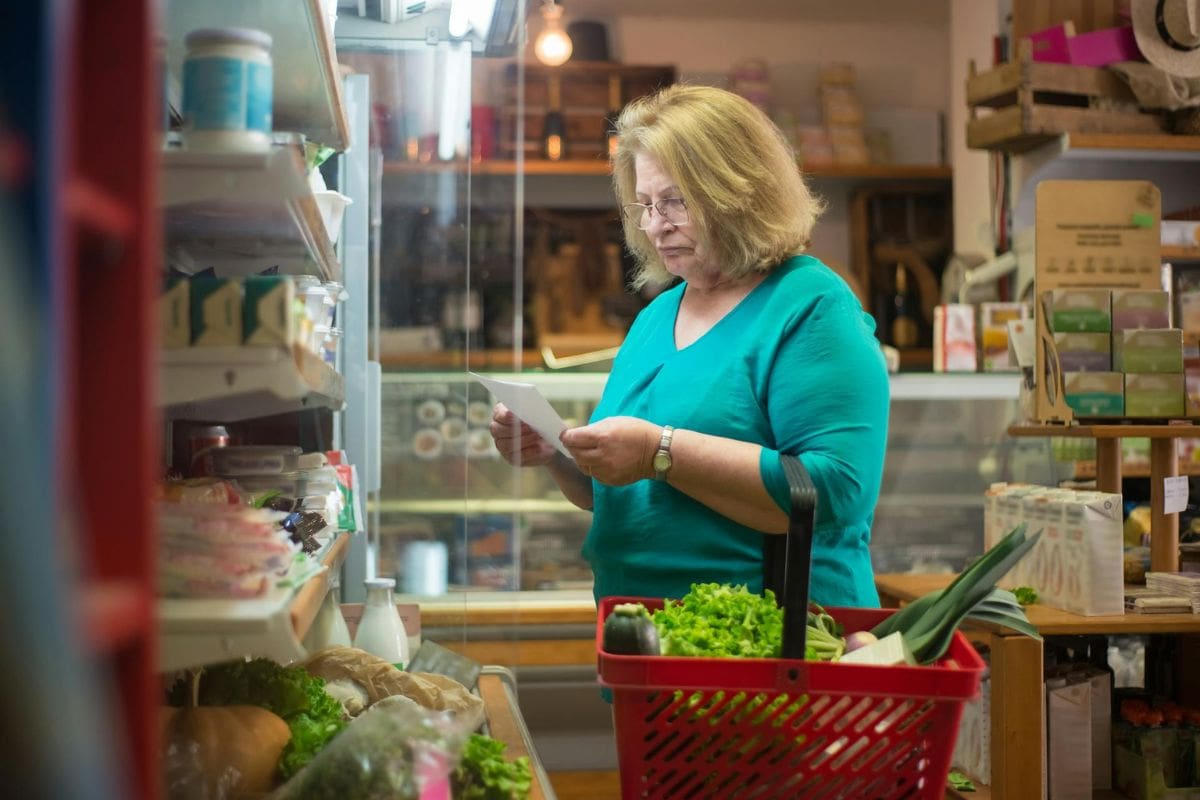
WANT TO SAVE THIS RECIPE?
Impulse buys can add up fast. By planning your meals for the week and creating a detailed grocery list, you’ll avoid unnecessary purchases. This method keeps you focused on what you actually need, helping to control your spending.
Additionally, sticking to a list reduces food waste since you’re buying only what you plan to use. It’s a small habit with a big impact on your budget.
Related Post: 13 Worst Grocery Store Tricks Designed to Mislead Store Shoppers
2. Buy in Bulk When It Makes Sense

Purchasing items like grains, pasta, or canned goods in bulk often reduces the cost per unit. Just make sure it’s something you use regularly to prevent waste.
Bulk buying also cuts down on frequent trips to the store, saving you time and gas. Consider splitting large purchases with friends or family to maximize savings.
Related Post: 15 Brilliant Recipes That Use Pantry Staples You Already Have
3. Choose Generic Brands

Store brands often offer the same quality as name brands at a fraction of the price. Many are produced by the same manufacturers as their branded counterparts.
Taste-test a few generic items in your regular shopping list. You’ll likely find they’re just as good, and the savings will add up over time.
Related Post: 12 Healthy Comfort Foods That Boomers Would Love
4. Shop Seasonal Produce

Fruits and vegetables that are in season are generally cheaper and fresher. They haven’t traveled as far, reducing costs and environmental impact.
Not sure what’s in season? Farmers’ markets are a great place to find affordable, fresh produce while supporting local growers.
Related Post: The 13 Worst Sandwich Toppings, In My Opinion
5. Avoid Pre-Cut or Pre-Packaged Items
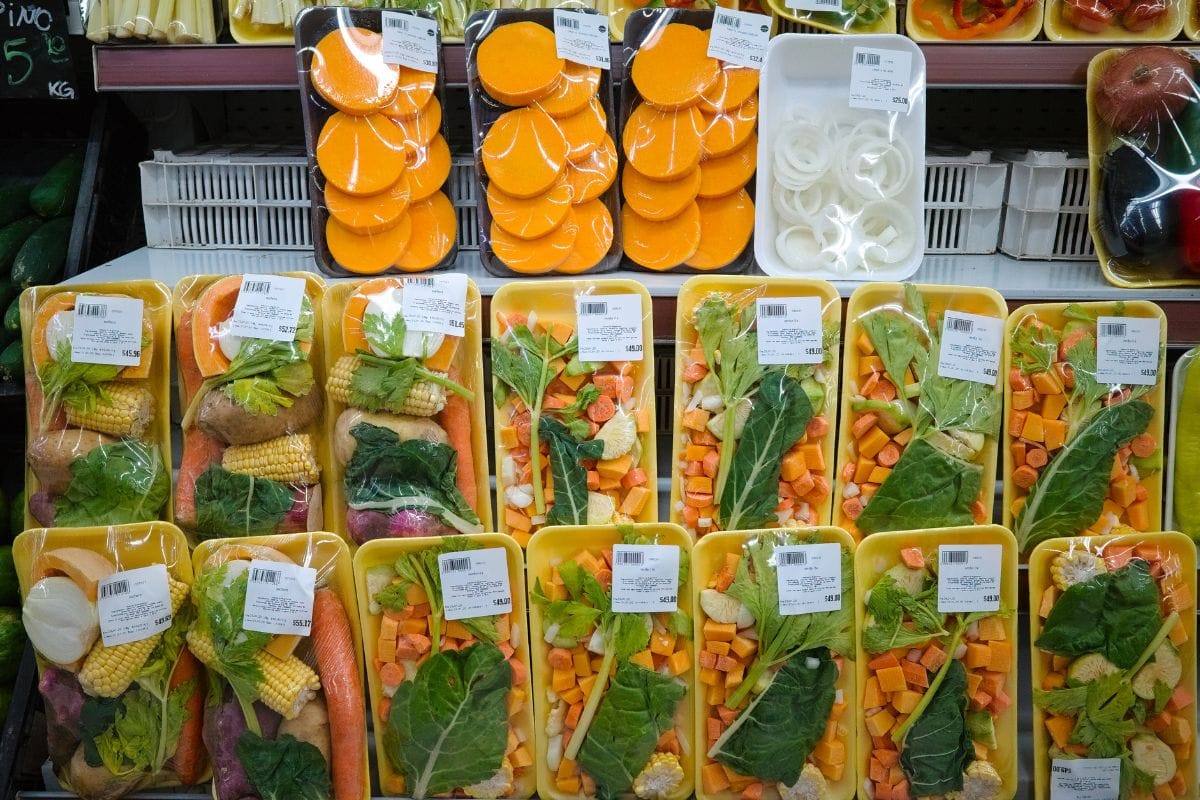
Convenience comes at a cost. Pre-cut fruits, pre-washed greens, and individually packaged snacks are more expensive than their whole counterparts.
Taking a few extra minutes to prep your food at home saves money and often results in fresher, tastier ingredients.
Sign up now to receive our exclusive e-cookbook filled with top-rated recipes for FREE!
6. Cook in Batches
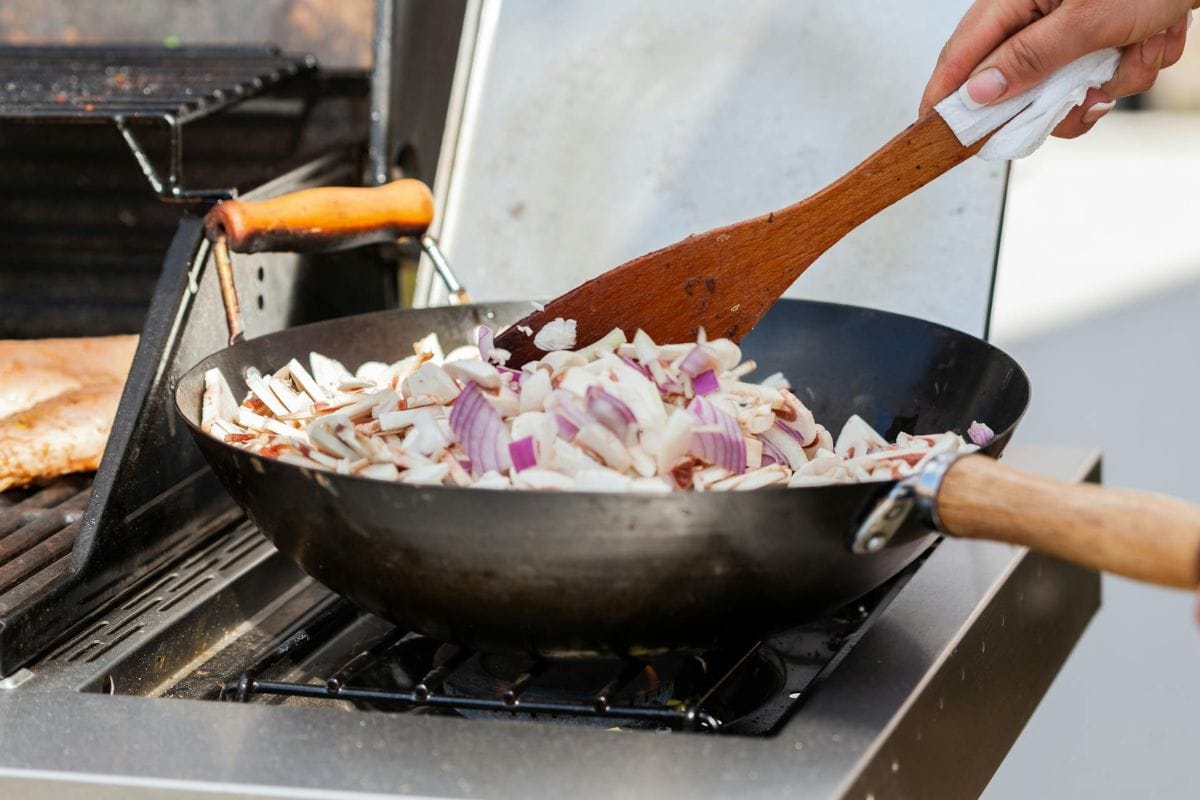
Preparing large meals and storing leftovers for later can significantly reduce grocery costs. It minimizes waste and saves time during busy weeks.
Freezing portions of soups, stews, or casseroles means you always have a homemade meal ready, cutting down on the temptation for expensive takeout.
Related Post: 10 Foods That Have Shrunk in Size but Increased in Price
7. Reduce Meat Consumption
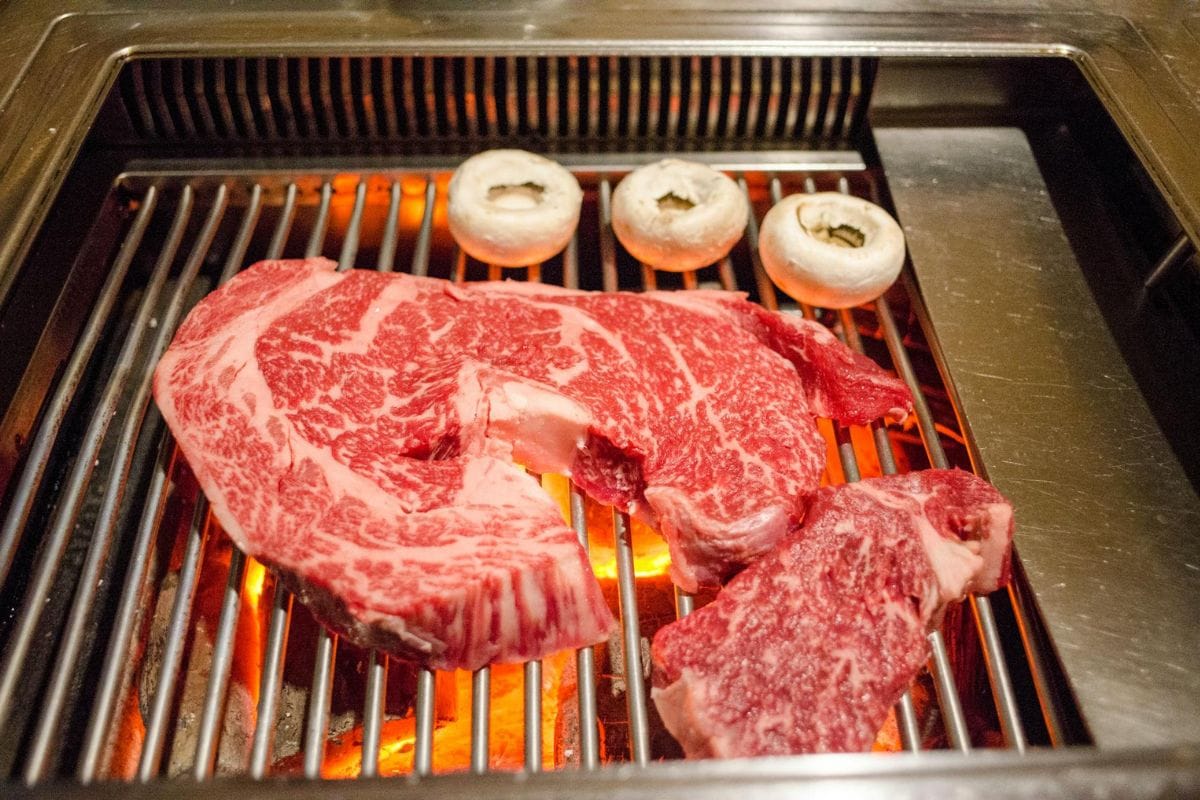
Meat is often the most expensive item in your cart. Incorporating more plant-based meals can dramatically lower your grocery bill while boosting your health.
Consider adding lentils, beans, and grains to your meal rotation. They’re affordable, filling, and packed with nutrients.
Related Post: 12 One-Pot Meals Perfect for Busy Retirees
8. Use Coupons and Cashback Apps

Digital coupons and cashback apps like Ibotta or Rakuten can offer significant savings. Check for deals before shopping and combine them with store sales for maximum discounts.
Over time, these small savings can add up, putting more money back in your pocket without much extra effort.
Related Post: 12 Budget-Friendly Recipes That Stretch Your Grocery Dollar
9. Stick to the Perimeter of the Store

Most whole foods like produce, dairy, and meats are found around the perimeter of the store. The inner aisles are often filled with pricier, processed items.
Focusing on the outer edges encourages healthier choices and helps you avoid the high-cost temptations lurking in the center aisles.
Related Post: 15 Genius Ways to Add More Protein to Meals Without Breaking the Bank
10. Plan for Leftovers
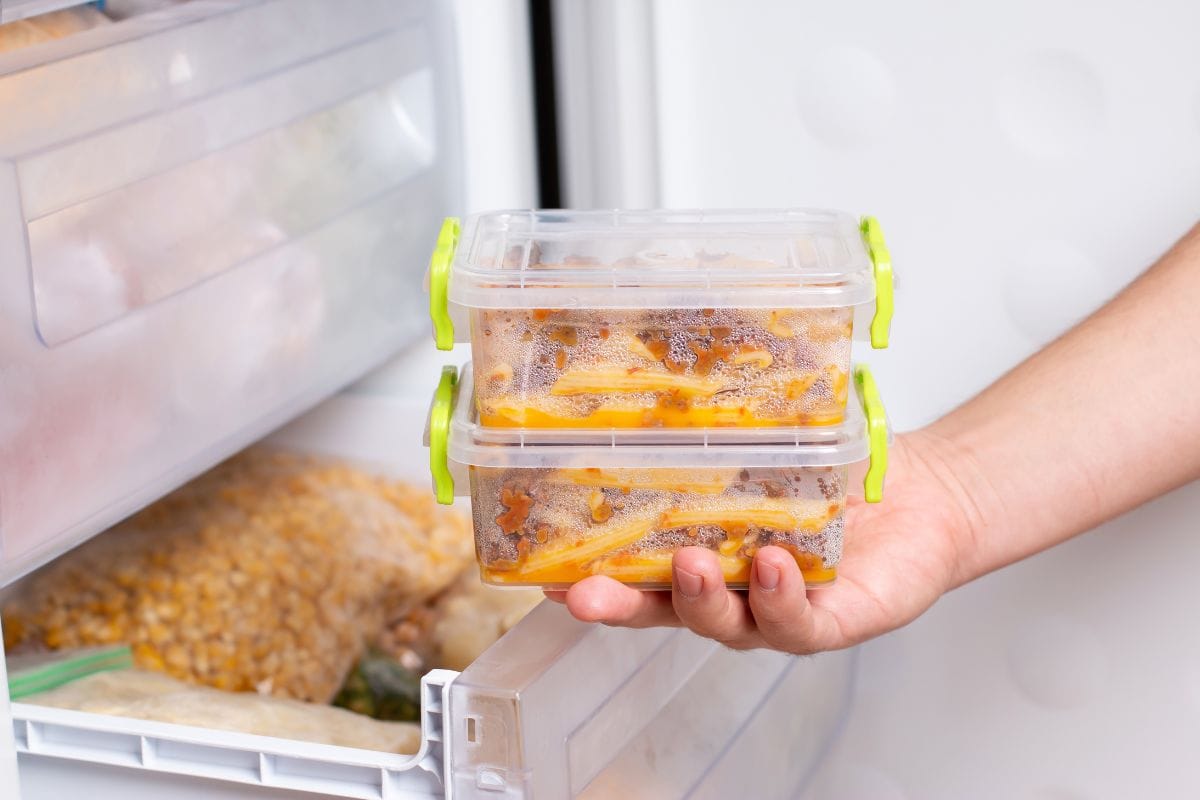
Design your meals with leftovers in mind. A roasted chicken can become chicken salad, soup, or tacos the next day.
This approach reduces food waste and maximizes the value of your ingredients, stretching your grocery budget even further.
Sign up now to receive our exclusive e-cookbook filled with top-rated recipes for FREE!
11. Don’t Shop When You’re Hungry

Shopping on an empty stomach often leads to impulse buys, especially of expensive, snacky items.
Have a meal or snack before heading to the store to keep your cravings (and spending) in check.
Related Post: The 15 Worst Snacks Consumers Are Still Buying
12. Check Unit Prices
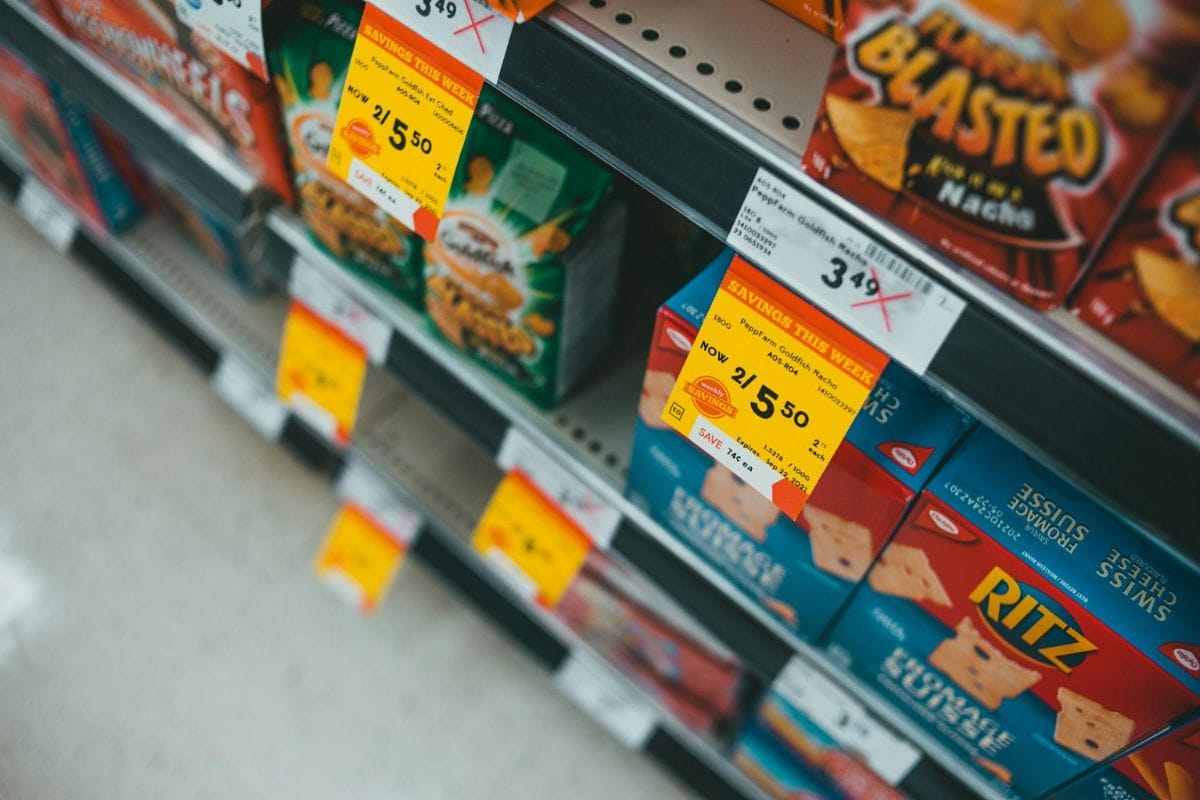
The price tag doesn’t always tell the whole story. Compare unit prices (cost per ounce, pound, etc.) to find the best value.
This tactic is especially useful when deciding between different package sizes, helping you make smarter, cost-effective choices.
Related Post: 15 Hidden Dangers Lurking in Your Pantry
13. Grow Your Own Herbs and Vegetables

Starting a small herb garden or growing simple vegetables like tomatoes or lettuce can save a surprising amount of money.
Fresh herbs, in particular, are expensive to buy but easy and cheap to grow at home, even on a windowsill.
Related Post: 15 Signs It’s Time to Replace Old Kitchen Tools
Final Thoughts
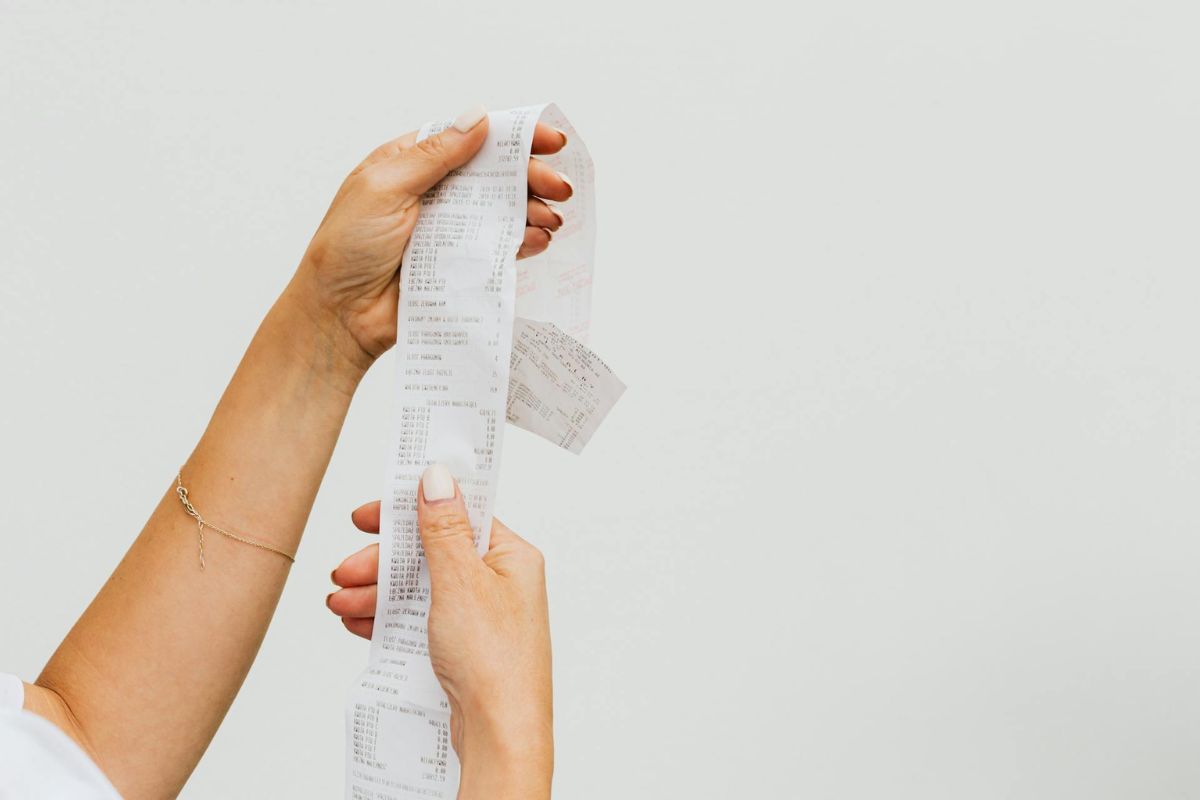
Lowering your grocery bill doesn’t require extreme couponing or drastic lifestyle changes. By implementing just a few of these simple tips, you’ll start seeing savings on your next grocery trip.
Not only will your wallet thank you, but you’ll likely discover new ways to enjoy fresh, delicious meals while minimizing waste. Every small change adds up to big savings over time.
Disclaimer: This list is solely the author’s opinion based on research and publicly available information.
13 Worst Grocery Store Tricks Designed to Mislead Store Shoppers

Ever walked into a grocery store for just a few essentials, only to leave with a cart full of things you didn’t plan to buy? It’s not your lack of willpower—it’s by design!
Read it here: 13 Worst Grocery Store Tricks Designed to Mislead Store Shoppers
These 13 Party Recipes Could Be the Reason Your Events Flop

Great food makes for a great party—but the wrong dishes can ruin the vibe. Whether it’s an unappetizing dip, an impossible-to-eat appetizer, or a dish that sits untouched, some recipes are simply party killers.
Read it here: These 13 Party Recipes Could Be the Reason Your Events Flop
Your Picnic Might Be Doomed If You Pack These 11 Foods

A picnic sounds like the perfect way to enjoy the outdoors—until your food turns soggy, spoiled, or downright inedible. While some foods travel well, others are a disaster waiting to happen in the sun.
Read it here: Your Picnic Might Be Doomed If You Pack These 11 Foods
You’ll love these related posts:
